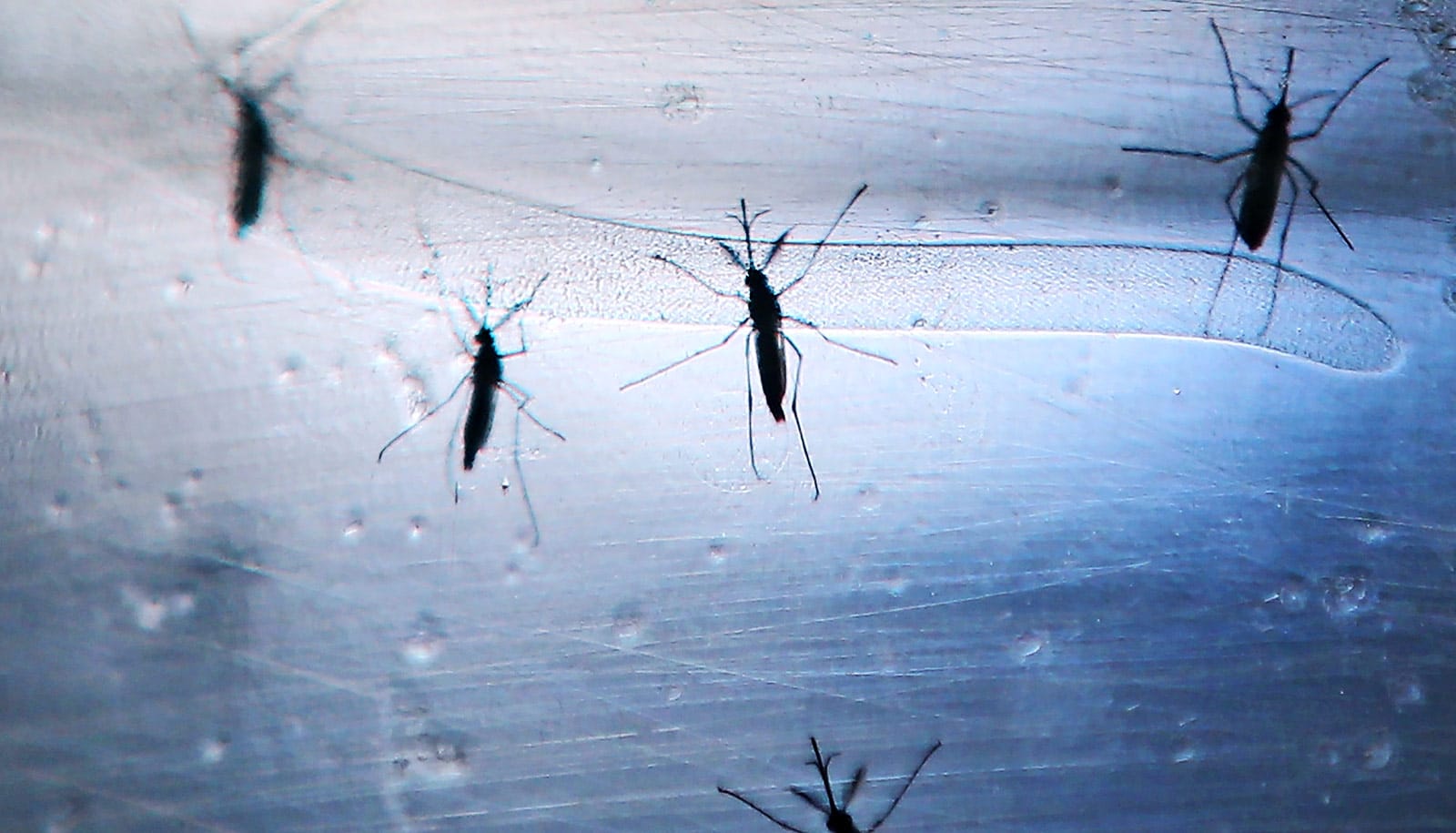New research sheds light on the malleability of human DNA and points to just how adaptable—yet delicate—we are as a species.
The study illuminates one aspect of the complicated question of what makes one person different from another, and how these differences evolve. The research examines hot spots of genetic variation within the human genome, looking at the sections of our DNA that are most likely to differ significantly from one person to another.
“We have made some headway into understanding how variations in the genome occur,” says Omer Gokcumen, assistant professor of biological sciences in the University at Buffalo’s College of Arts and Sciences. “Which parts of the genome are protected and conserved through evolution? Which parts are not protected, and why?
“There is previous work showing that structural variations—deletions, duplications, other alterations of DNA—they’re not distributed uniformly throughout the genome. There are deserts and there are hot spots. The big question is whether this clustering has biological meaning, whether it is random or driven by evolutionary forces. Our research addresses this question.”
Digging into DNA
The human genome is the entirety of a person’s DNA. Genes—the fragments of DNA that influence traits such as eye color and risk for disease by telling our bodies how to build important proteins—make up about 1.5 percent of our genomes. The rest consists of noncoding DNA, whose function (or lack thereof) is a topic of debate among scientists.
Every person’s genome is different, and the new study compared the DNA of more than 2,500 individuals.
Scientists zeroed in on the sections of the genome that differ most between people, identifying 1,148 areas that harbor unusually high numbers of structural variants, including chunks of duplicated, deleted, inserted, inverted, or repeated sections of DNA.
An examination of these “hot spots” revealed a complex evolutionary story.
Most are found in gene-poor regions of the genome, as researchers expected. (Altering genes can lead to devastating health problems, so it makes sense that gene-rich areas would tend to be more heavily conserved through evolution, Gokcumen explains.)
A small subset of structural variant hot spots, however, is in parts of the genome that harbor important genes. In these hubs, genes linked to our sense of smell, blood, and skin function, and immunity to disease are overrepresented, according to the study.
Balancing selection—in which dueling evolutionary forces drive a species to preserve an array of traits—may help to explain why these gene-heavy hot spots exist.
Both pro and con
One example: In the study, a DNA deletion that increases a person’s risk for a blood disorder called thalassemia was found in about 16 percent of genes in sub-Saharan African populations. While evolution mostly weeded this genetic variation out of human societies in other parts of the world, the variation persists in sub-Saharan Africa because it’s valuable there, Gokcumen says: The deletion may confer resistance to malaria, a major disease in the region.
“There’s an evolutionary reason why this mutation is lingering, despite its ill effects,” he says. “It’s actually beneficial too, at least for some populations. Balancing selection is important for adaptation, and we think it contributes to the development of some structural variant hot spots.”
If the findings on balancing selection showcase humanity’s adaptability, a second result from the study hints at just how delicate we are—at how easily problems can arise.
The conclusion has to do with the malleability of human DNA, and the possibility that some hot spots of variation may be in sections of the genome that are, for biochemical reasons, more susceptible to alteration.
In most people, genetic mutations in these regions are not devastating. But in some cases, large genetic deletions that begin in one hotspot and end in another may result in the erasure of entire genes in between, leading to health complications, Gokcumen says.
One example: The study found that a number of consecutive structural variant hot spots lie on either side of the short stature homeobox (SHOX) gene, whose deletion can lead to a severe bone growth disorder that causes very short stature. In some people who are missing the SHOX gene, deletions of DNA began in one hotspot, spanned the entire SHOX gene, and ended in a second hotspot.
When Gokcumen and Lin ran statistical tests, they found that the start and end points of large genetic mutations with known medical relevance were in structural variant hot spots more often than they would have expected.
The study appears in the journal Genome Biology and Evolution. The National Science Foundation funded the study.
Source: University at Buffalo



